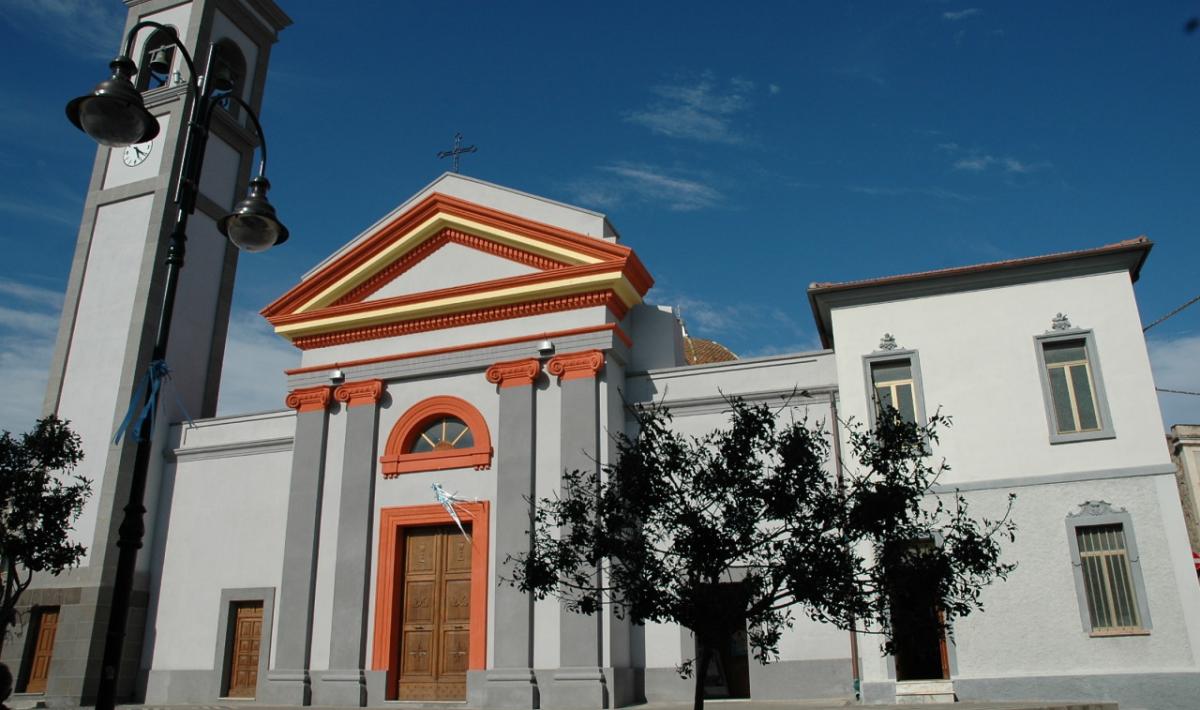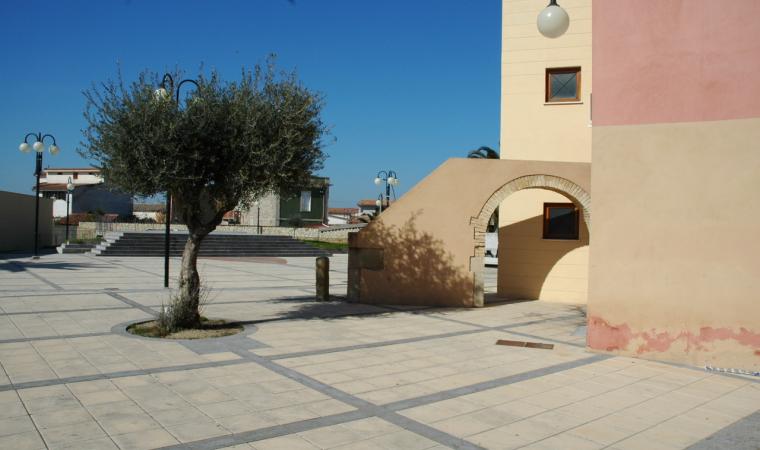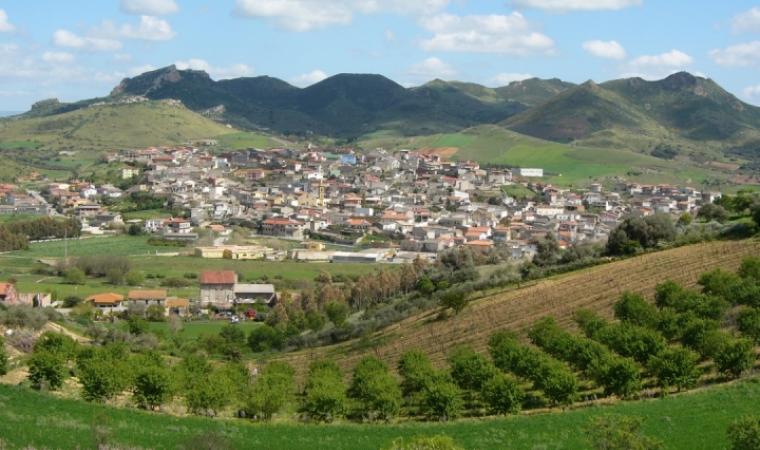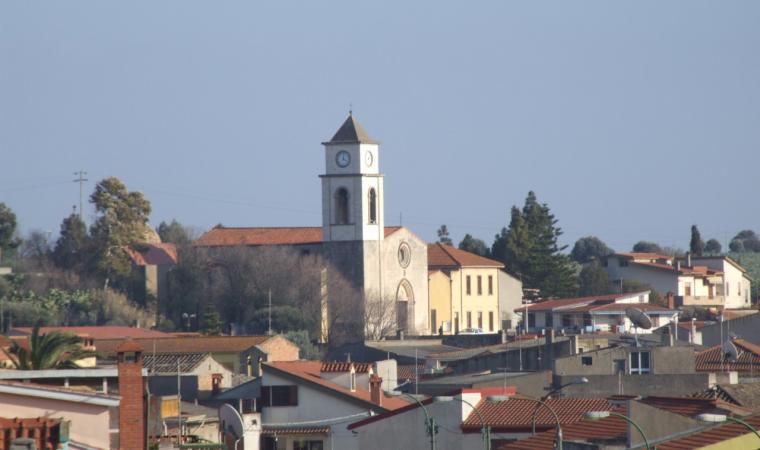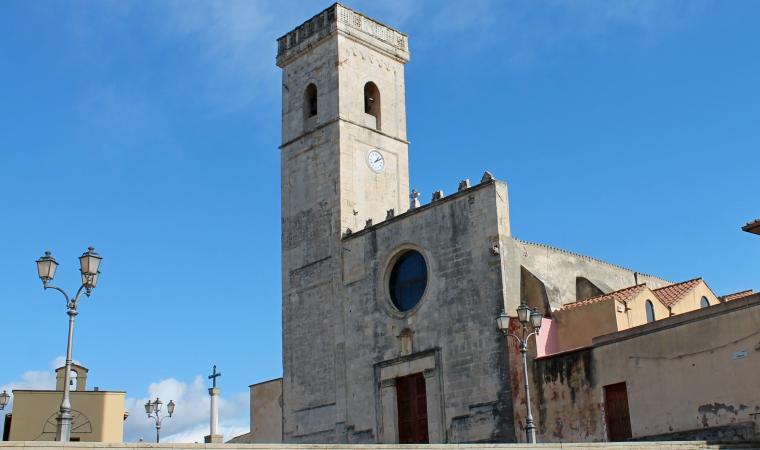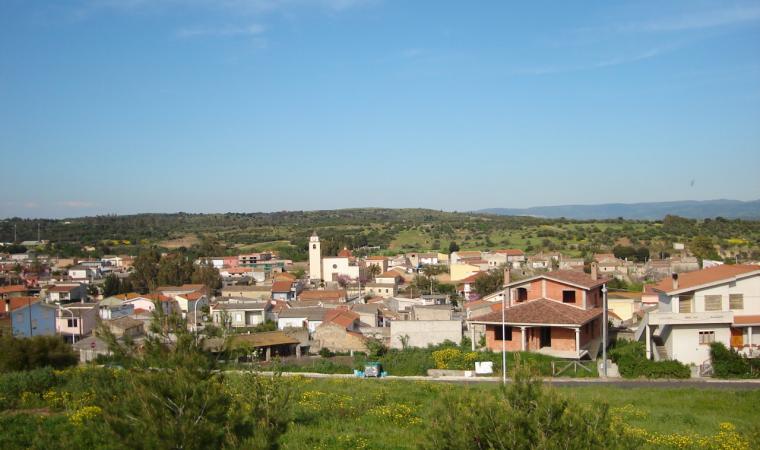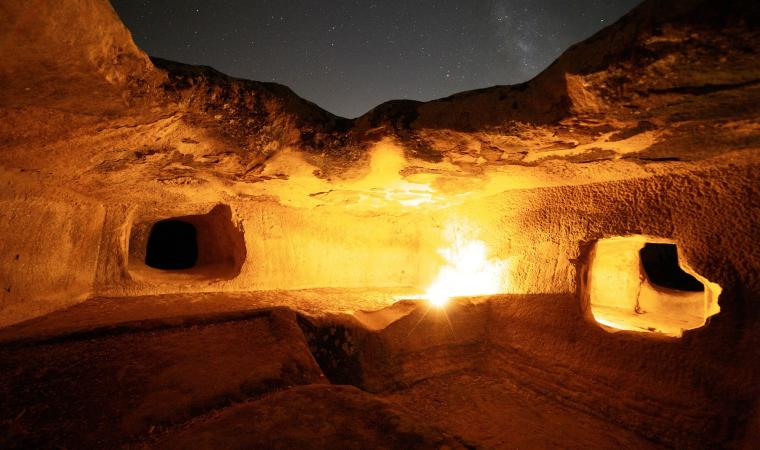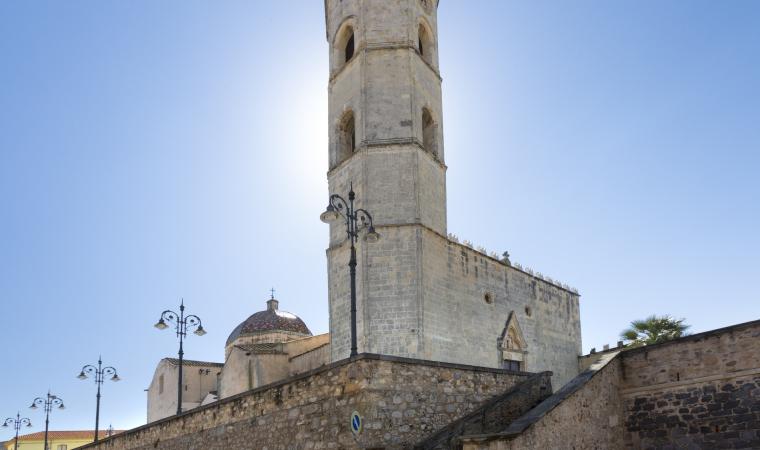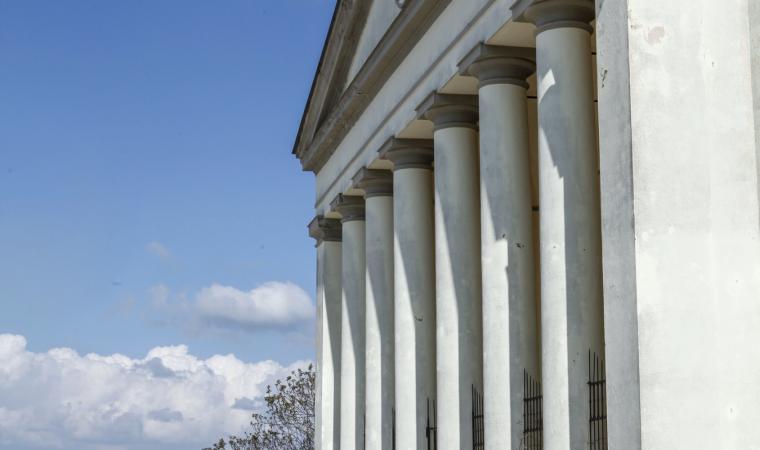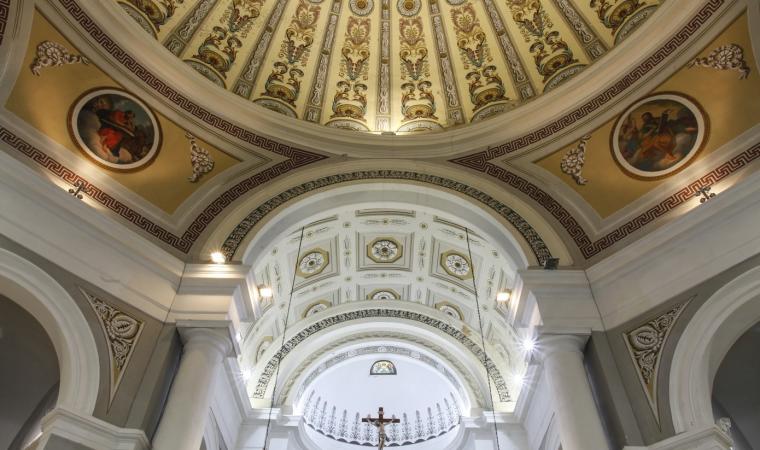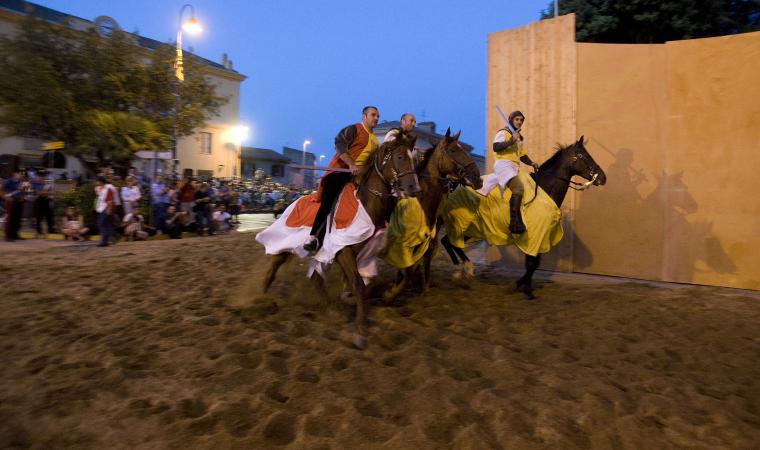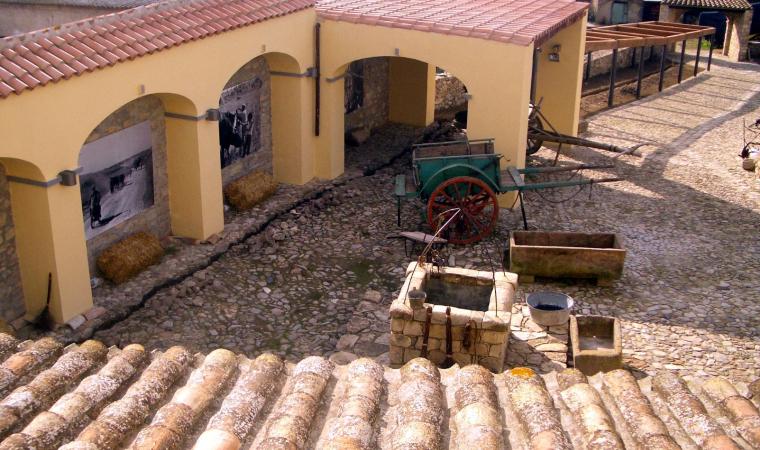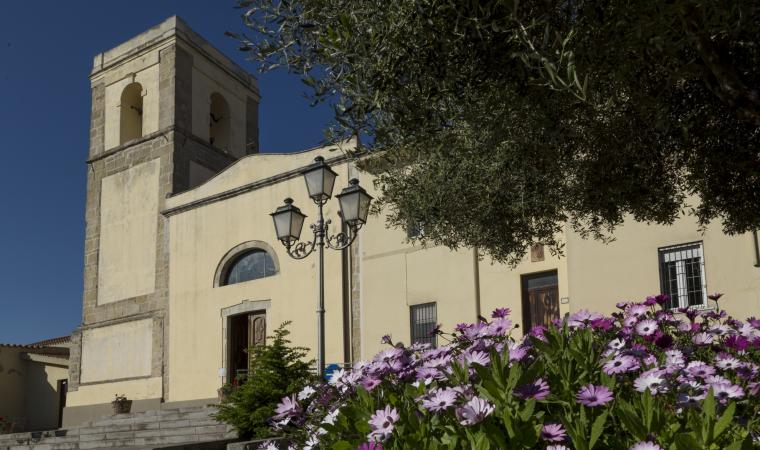Its residential area has an elongate shape, almost parallel to SS131, the island’s main transport artery. Serrenti is a town of almost 5000 inhabitants sitting on a gentle slope along the western edge of the south-central Campidano plain, skirted by Riu Cardaxiu. It is the area where the fertile Campidano plain gives way to mildly rolling hills: the landscape starts to mutate and Mediterranean shrubs take over for cereal-cultivated fields and vineyards. The area is rich in sites of naturalistic, artistic and archeologic interest. The most notable of these are the Nuragic Nuraxi Oliri and Bruncu su Nuraxi sites and the well temple in Cuccui. The latter is surrounded by a flourishing cork oak forest that is extremely rare in Medio Campidano.

